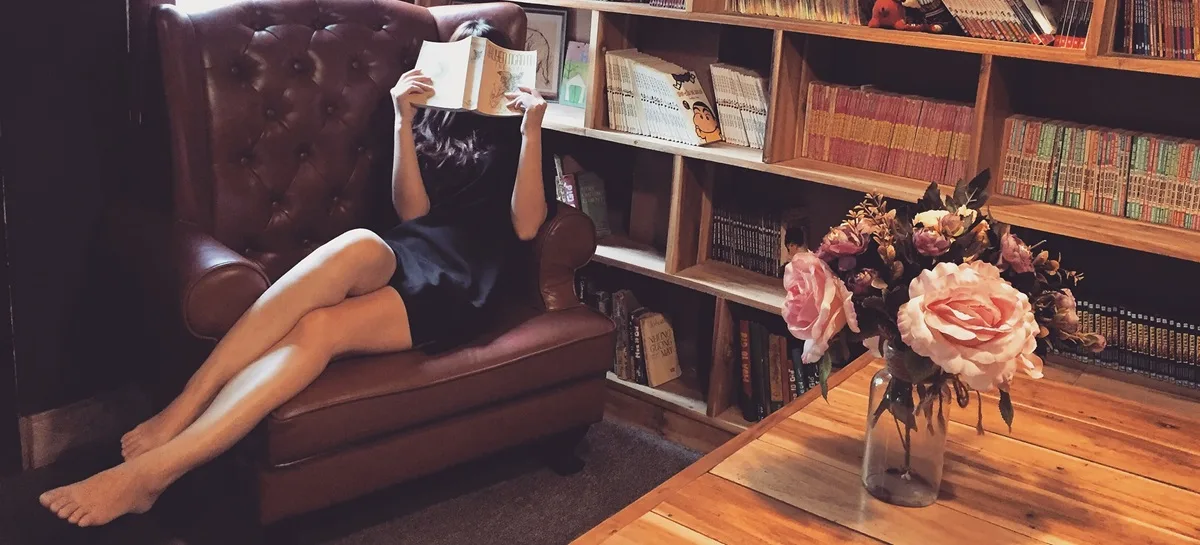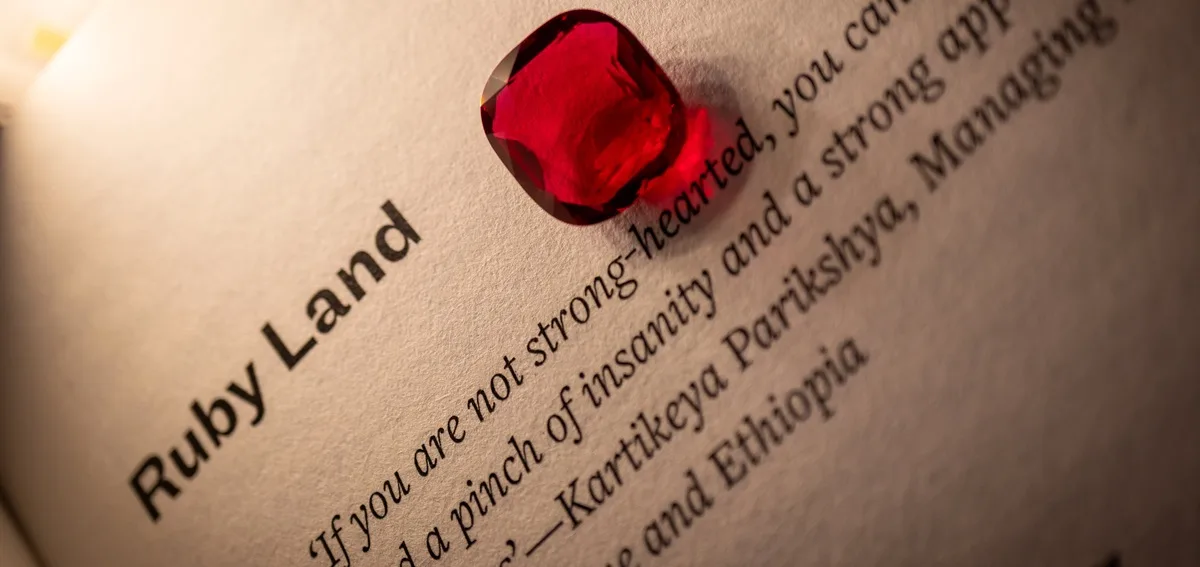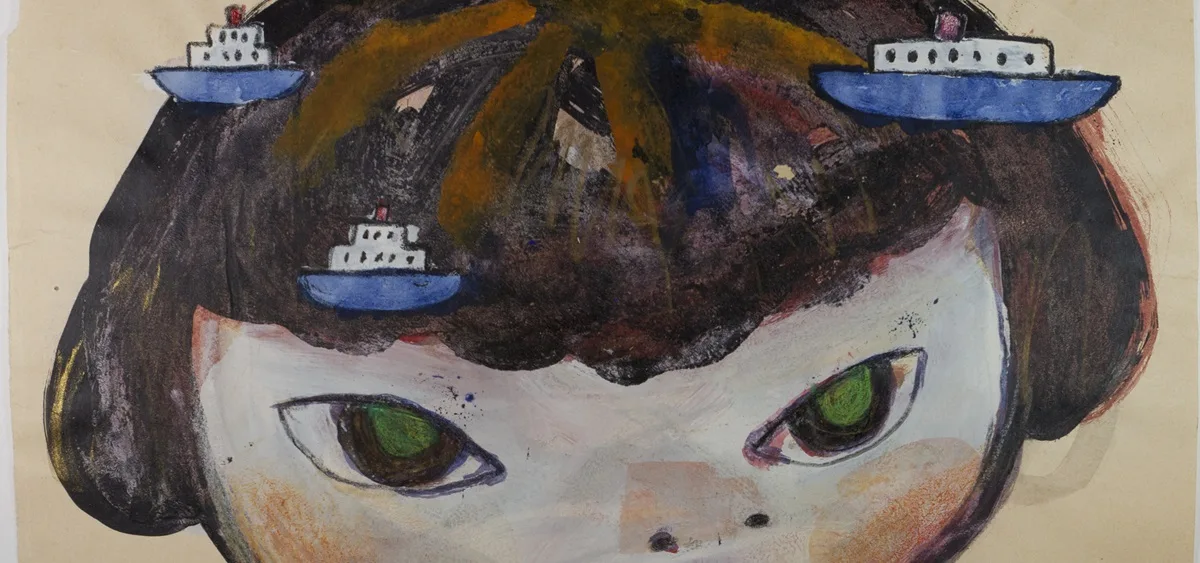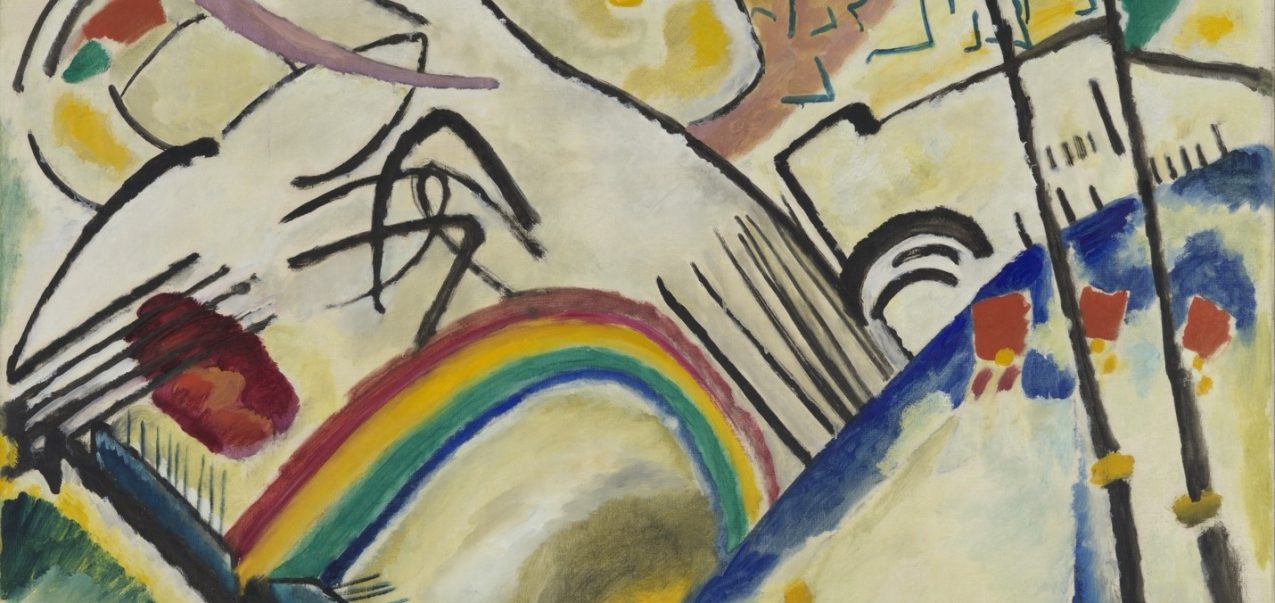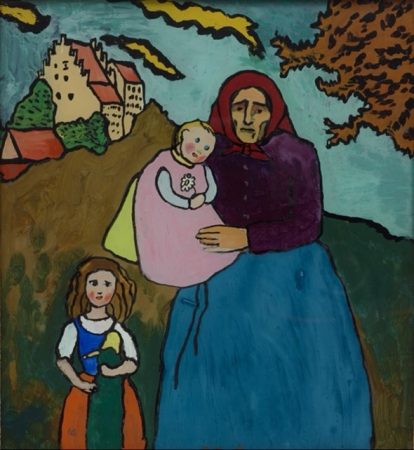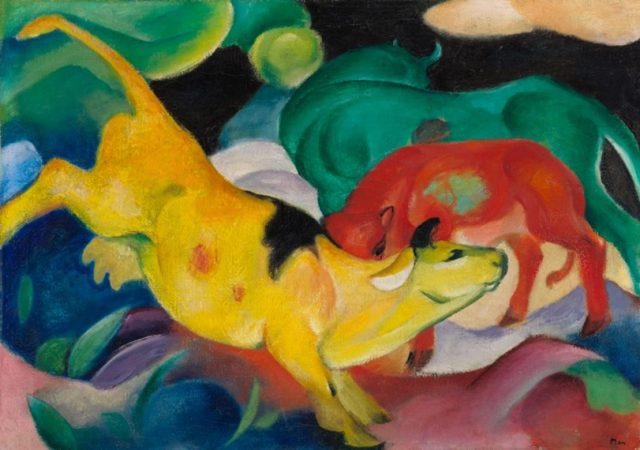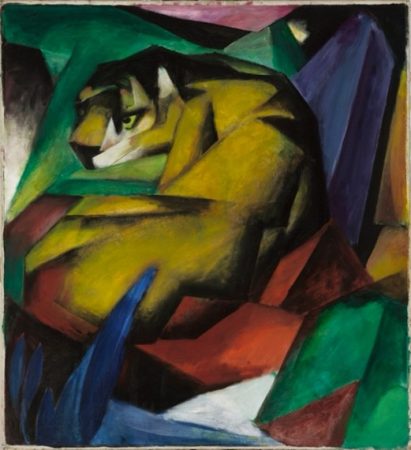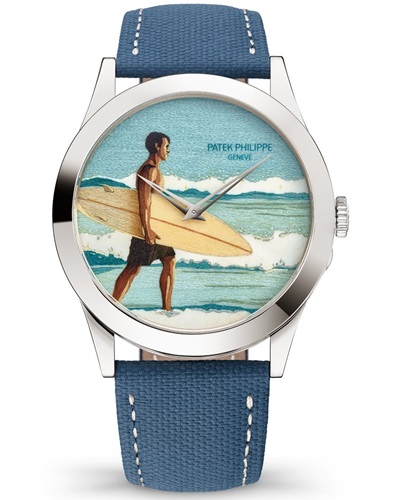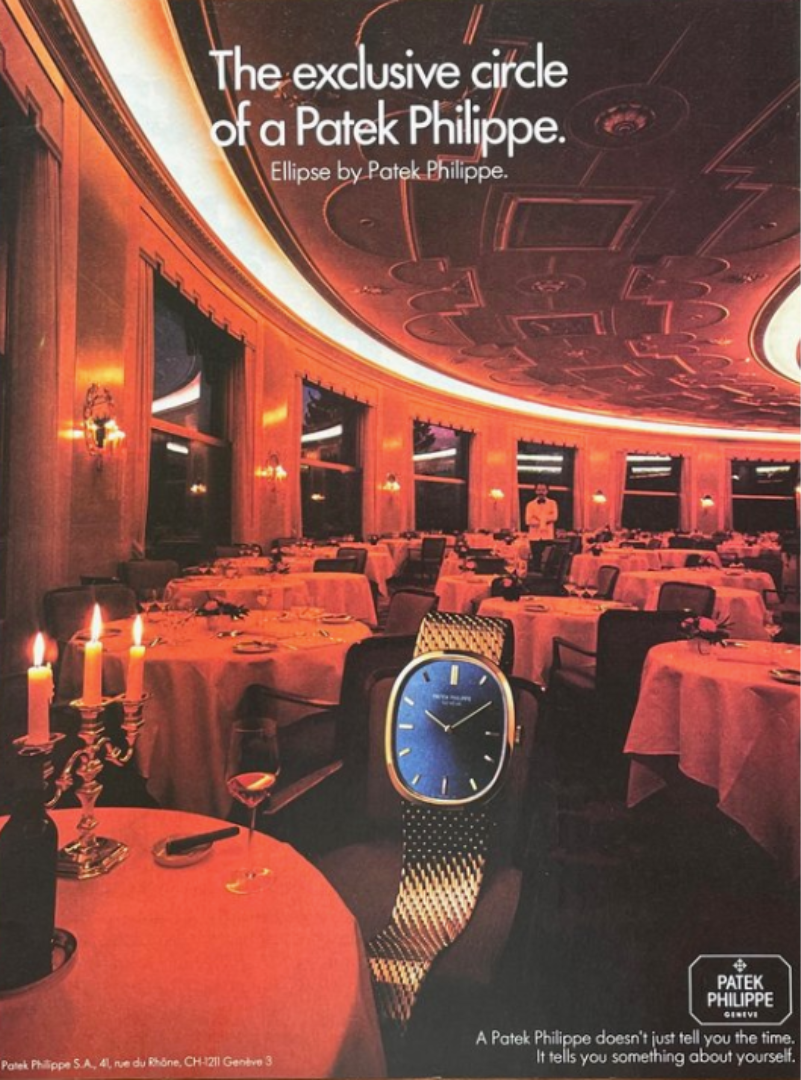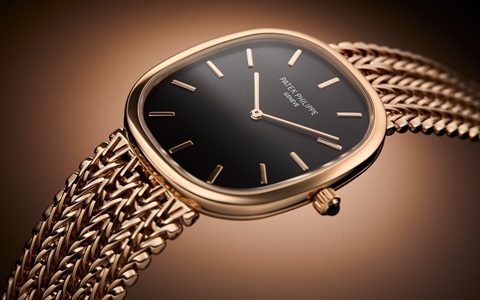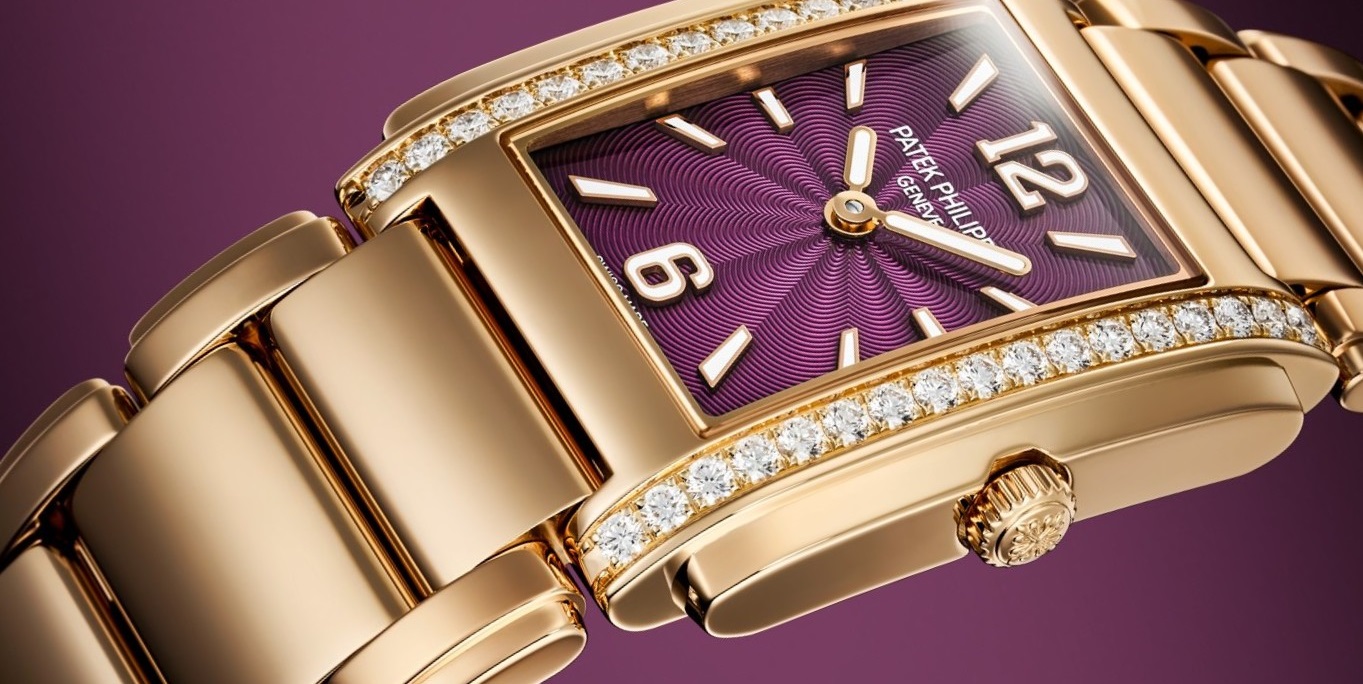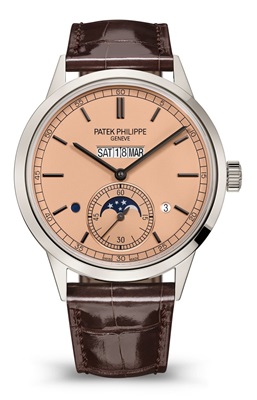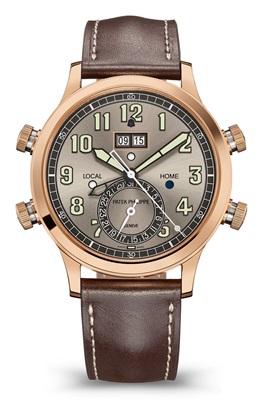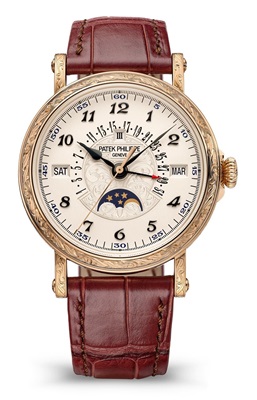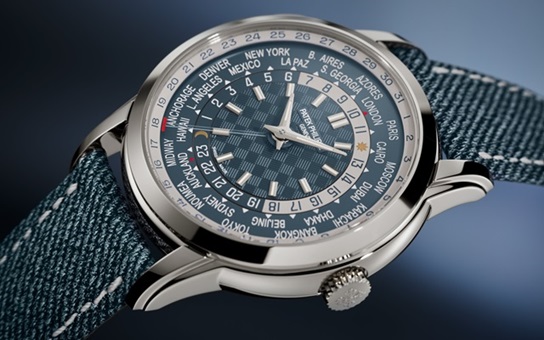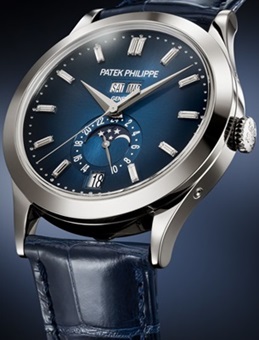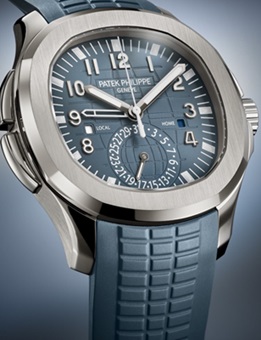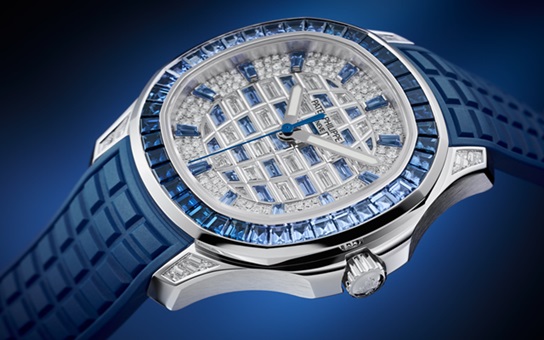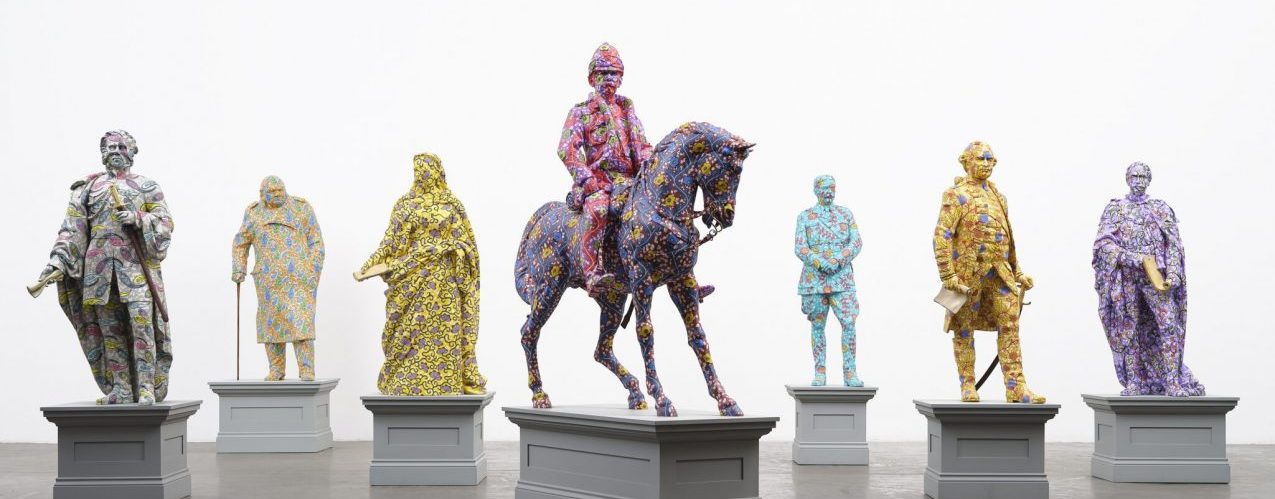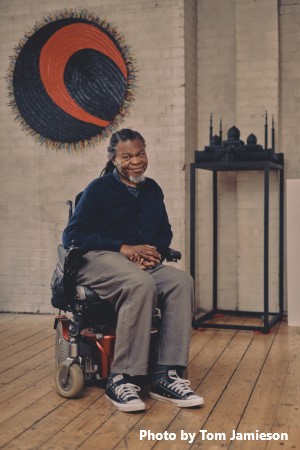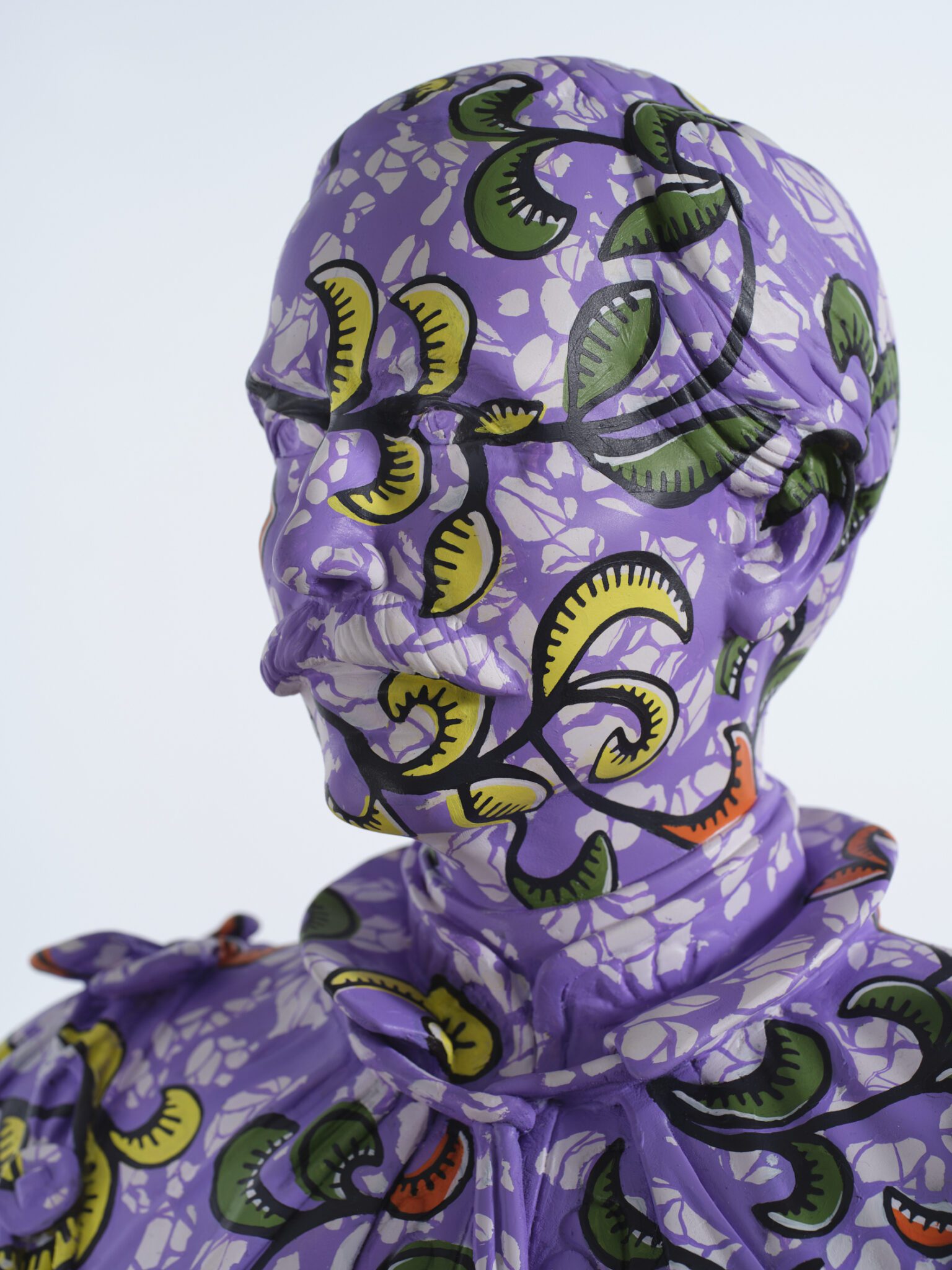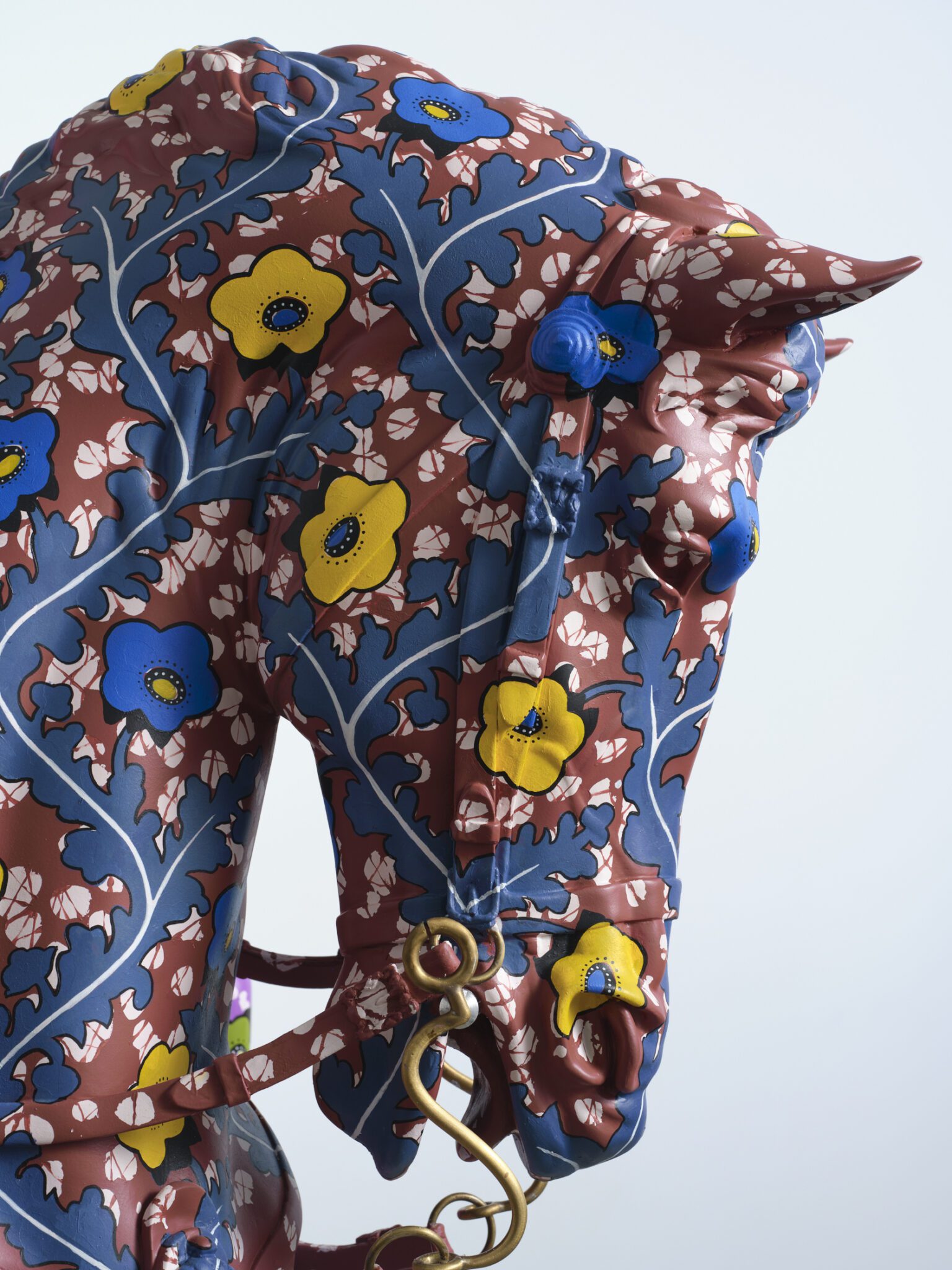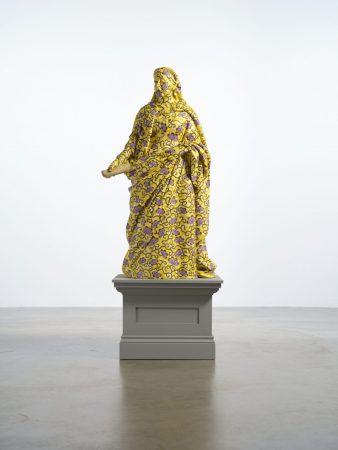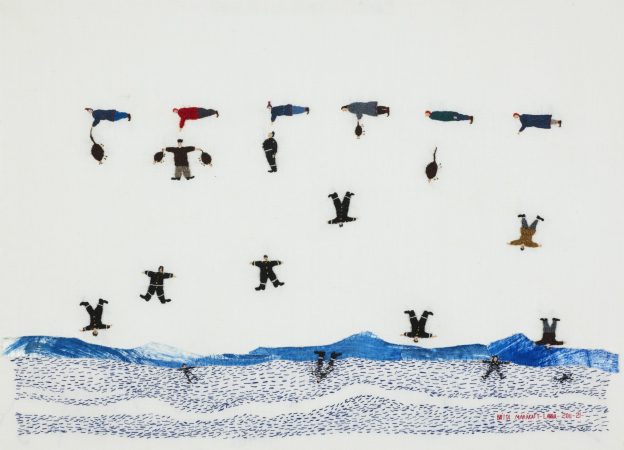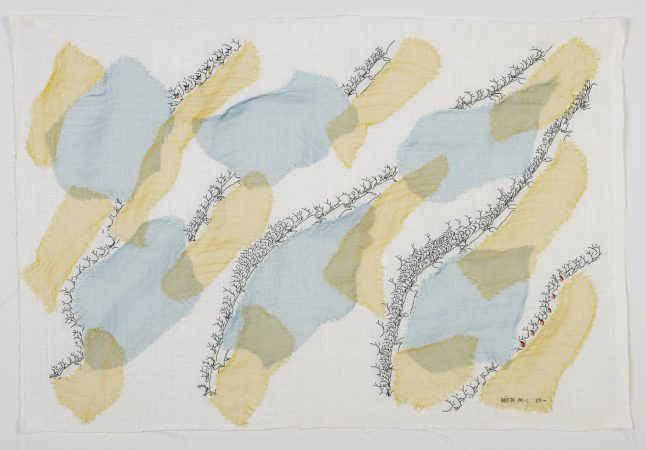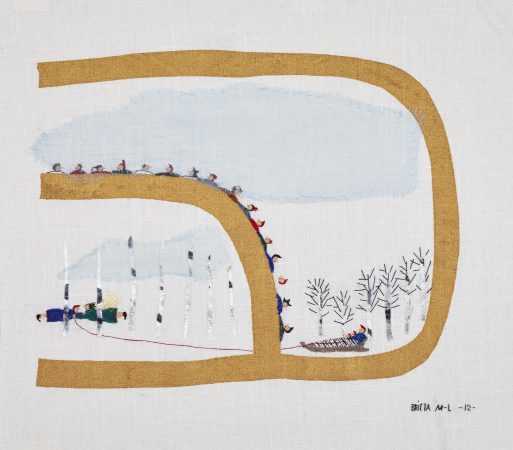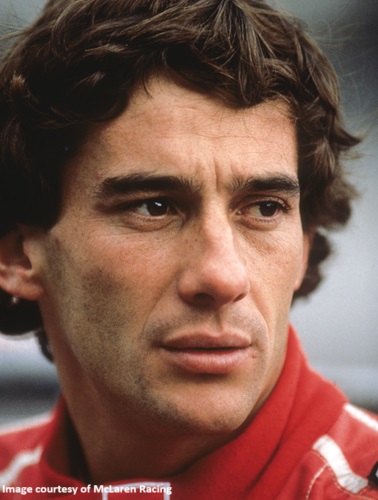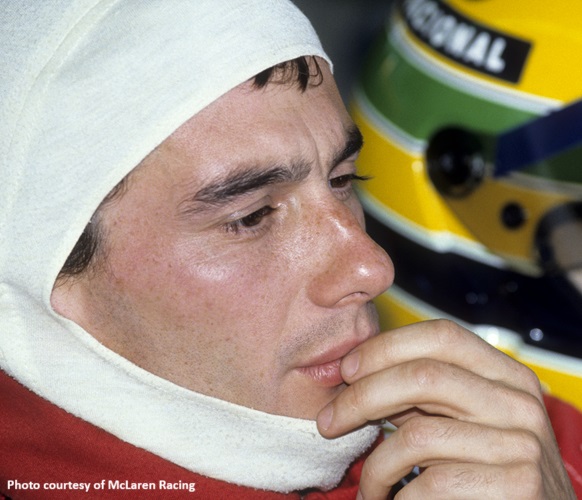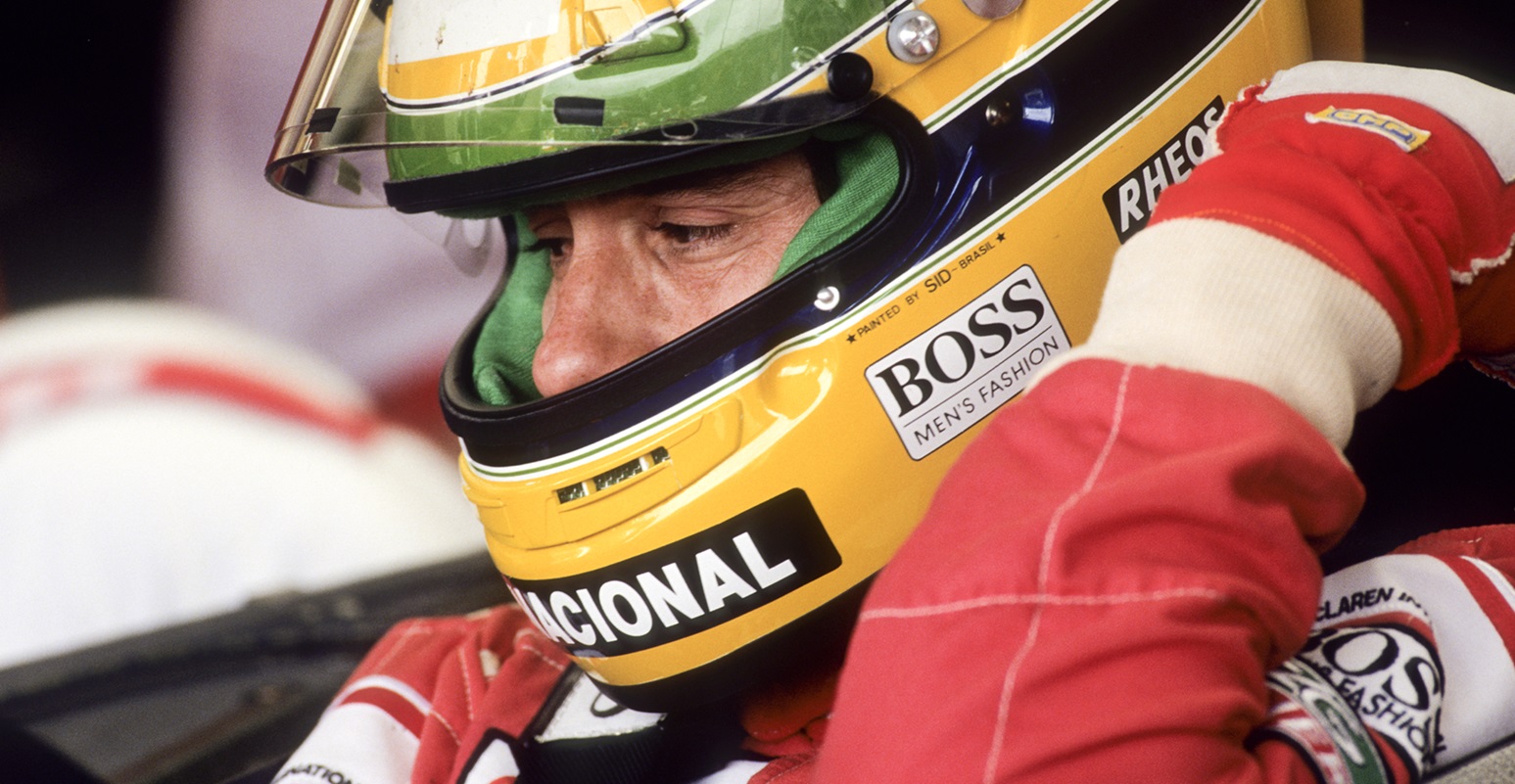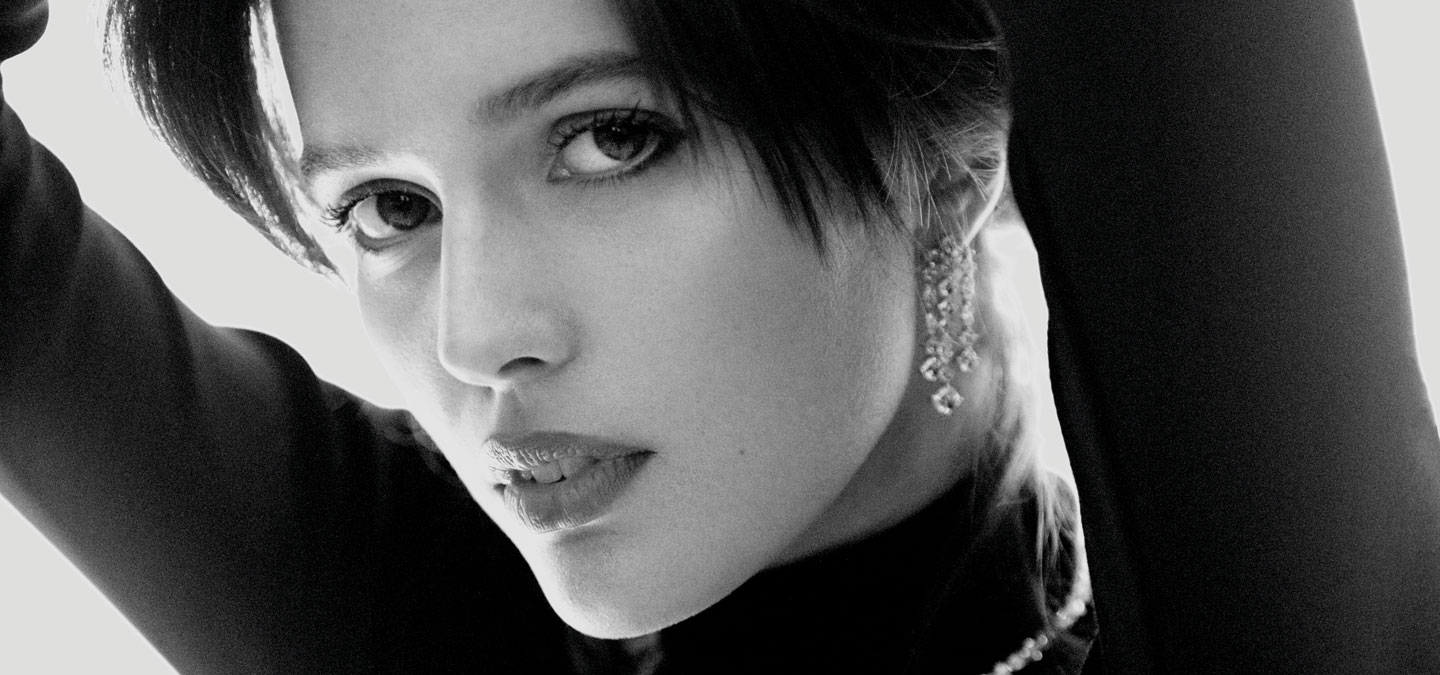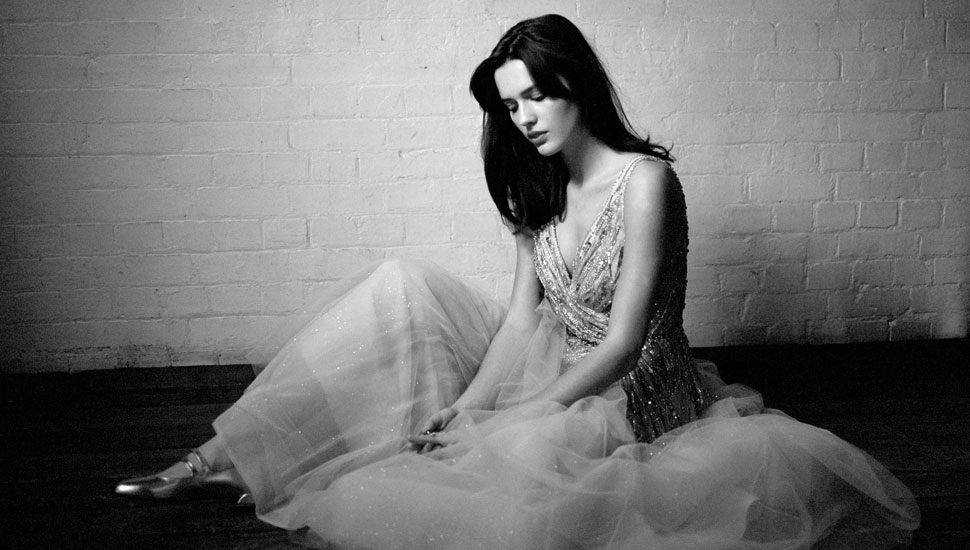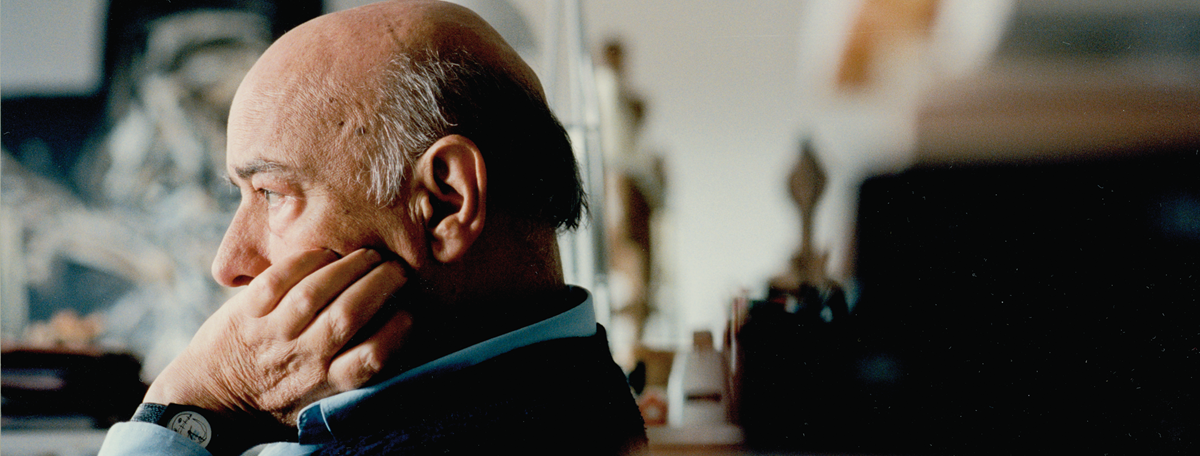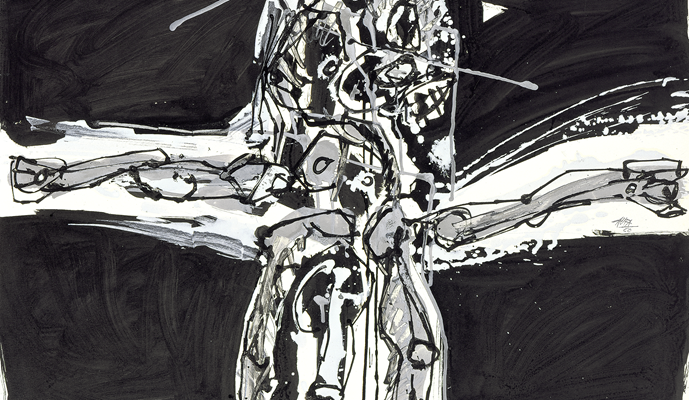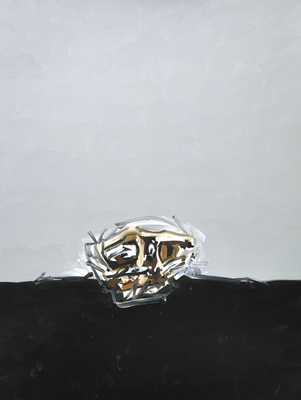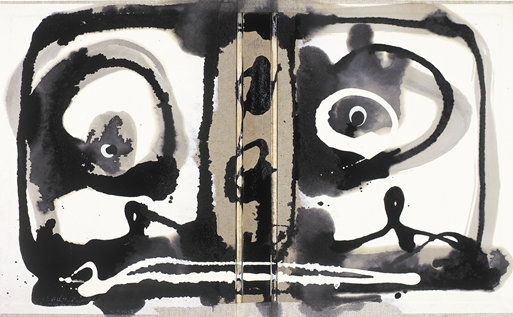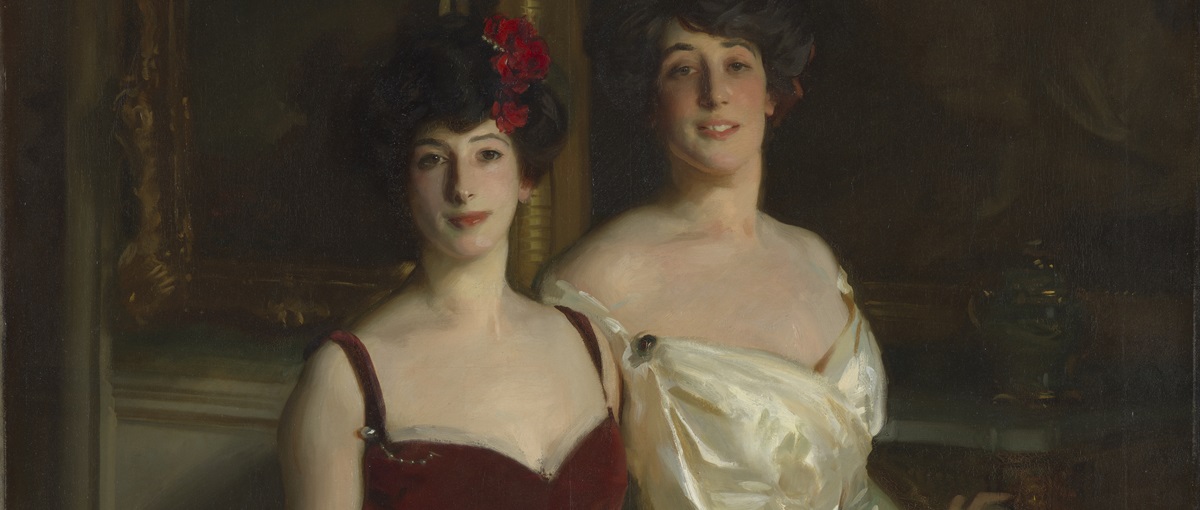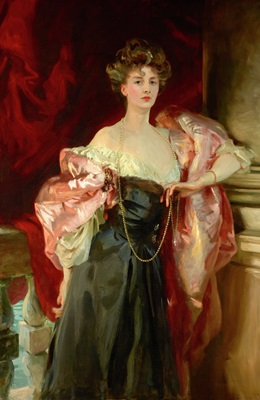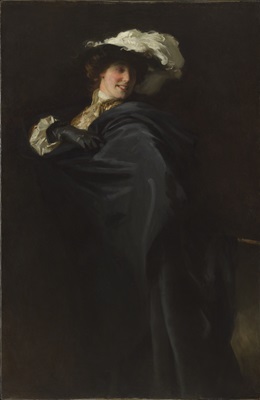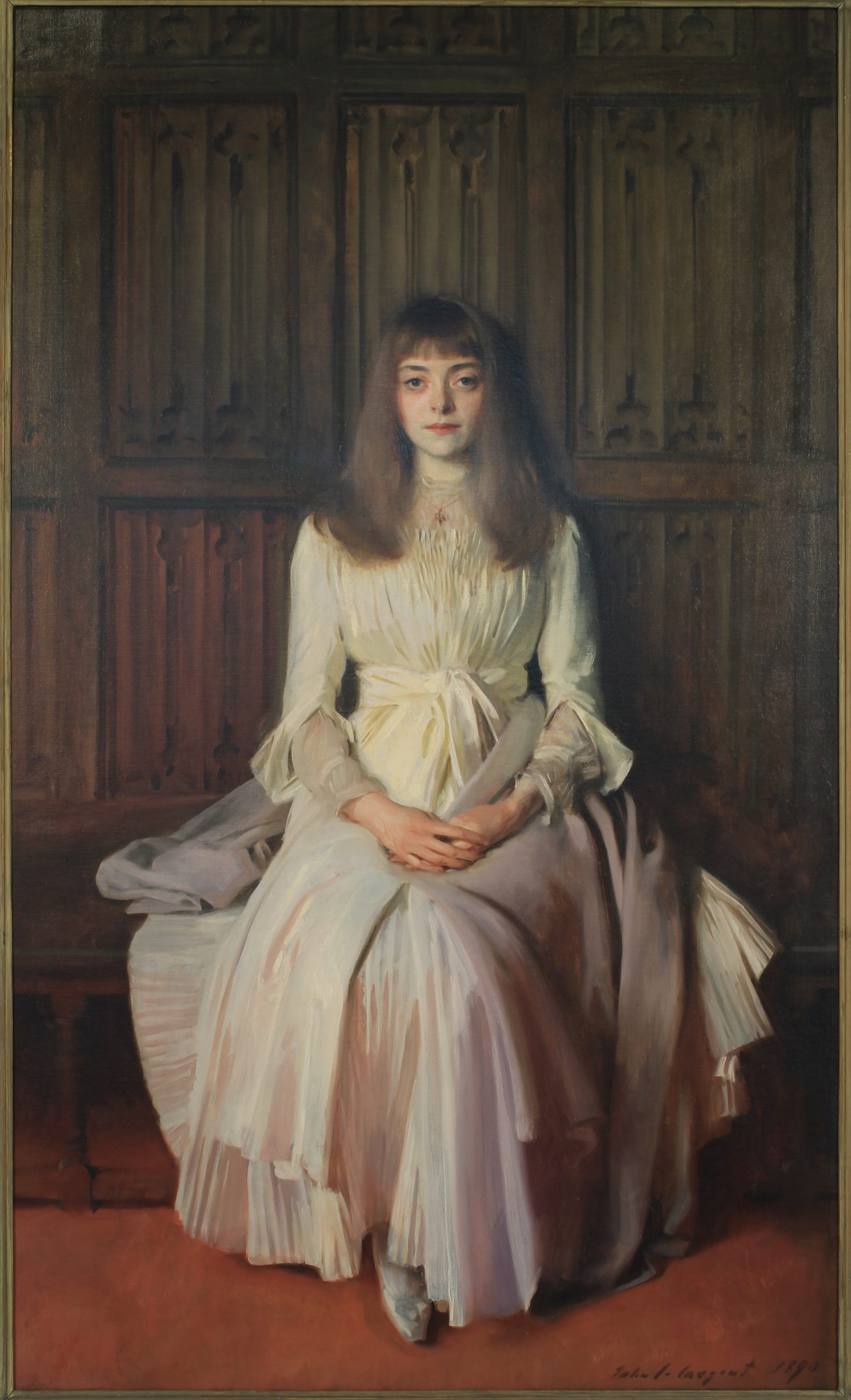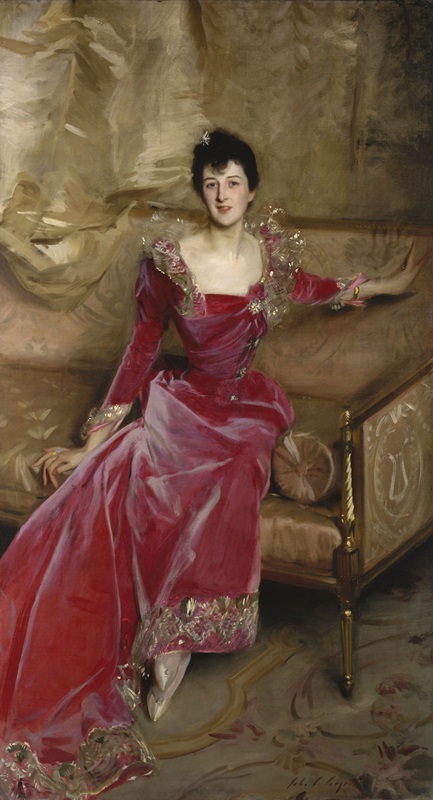Jaeger-LeCoultre and the Michalengelo Foundation come together at London Craft Week 2024. The week-long festival (13th-19th May) celebrates the best of British and international crafts, attracting hundreds of artists, artisans, brands and galleries from around the world.
For the best part of two centuries, Jaeger-LeCoultre has been championing innovation and creativity, producing extraordinary and iconic timepieces which earned the company the moniker of “the watchmaker of watchmakers”. The Michelangelo Foundation is committed to backing contemporary craftspeople worldwide with the aim of promoting a more human, inclusive and sustainable future.
At London Craft Week 20204, the Foundation is presenting the work of the twenty duos of artisans – master and apprentice – who took part in the first edition of the Homo Faber Fellowship, an international education programme supported by Jaeger-LeCoultre. Vincent Satiat, UK & Ireland brand director comments, “Throughout its history, Jaeger-LeCoultre has created unique ties with artisans and the craftmanship communities around the world. We are committed to nurture and develop the talent of tomorrow. The Homo Faber Fellowship programme resonates perfectly with this aim of developing young artisans and perpetuating know-how through generations.”
Coming from six different countries in Europe, the twenty objects resulting from the months these duos worked together will be on show at Cromwell Place from the 14th – 18th May. From textiles to wood marquetry, ceramics, sculpture, silversmithing, basket weaving and even feather working, the breadth of the works exhibited are testimony to the talent, creativity and imagination of the artists involved. Gonzalo García Cuevas, who worked with master of gold thread embroidery, José Luis Sánchez Expósito, considers the overall Homo Faber fellowship experience as “A unique opportunity to get to know and value myself and appreciate the skills I’ve developed so far. At the end of the day, we are the only ones that walk the whole path of our lives. The best is still to come.”

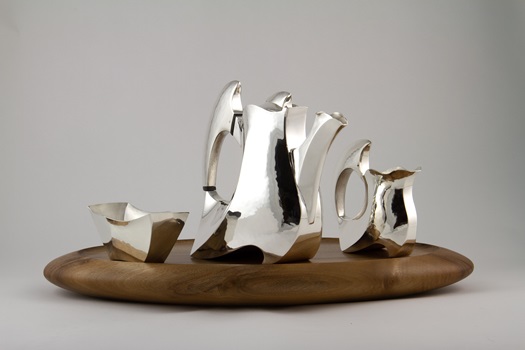
Master silversmith, Séamus Gill with Claire Mooney. Together they created an Art Deco inspired silver tea service applying the techniques Claire had learned with Gill.
Irish master silversmith, Séamus Gill, was paired with Claire Mooney, who worked at his studio for six months. “I was able to teach her some new skills, shares Gill, “but most importantly for a graduate is to practice and develop their skills immersed in a fully fitted workshop. I hope what Claire learnt with me will enhance and develop her work long into the future.”
On Wednesday and Thursday next week, Jaeger-LeCoultre will join in the celebrations of craftsmanship by showcasing its watchmaking expertise at its boutique in 13 Old Bond Street. No appointment is required. “We invite you to join to meet our in-house enameller performing live micro-painting. He will be decorating the case back of our iconic Reverso, to create unique pieces of art.
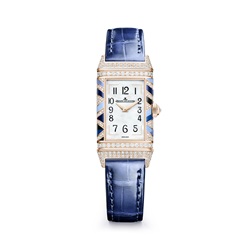
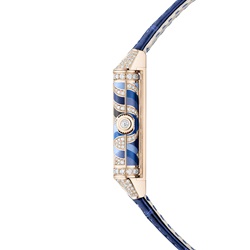
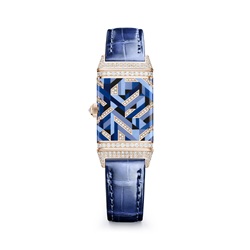
The Reverso has always been a canvas to express the creativity and skill of the Jaeger-LeCoultre master watchmakers and artisans.
The Reverso was first launched in 1931 for polo players, who needed to protect the dial of their watches from the multiple impacts they were exposed to. Its unique design offers a wider variety of personalisation options using the most beautiful techniques, two of which, engraving and miniature enamelling require an incredible amount of skill.
As it does gold thread embroidery, the discipline in which José Luis Sánchez Expósito – founder of Bordados Santa Clara, Sevilla – is an irrefutable master. For over 25 years, he has been working with silk, gold and silver thread producing stunning creations for clients as diverse the Catholic Church and the Royal Household. However, most of his customers seek his wedding dresses and black-tie outfits as well as soft furnishings and other decorative objects produced at Bordados Santa Clara.
For the Homo Faber Fellowship, Sánchez and his apprentice, Gonzalo García Cuevas, created an exquisite handbag made of silk velvet and leather, embroidered with gold and finished with appliqué of silver, gold and gemstones. About this unique piece being exhibited during London Craft Week, Sánchez comments, “This could be the springboard this niche craft needs to get visibility at an international level. Without this kind of exposure, rare crafts may go extinct.”
“The Michelangelo Foundation made it possible for Gonzalo to come and work with us. It has been a pleasure teaching someone so eager to learn.”
– José Luis Sánchez-Expósito
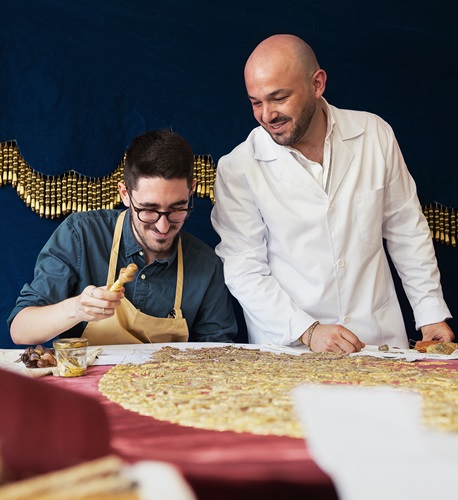
García had wanted to learn from Sánchez for a long time, but the legal and financial requirements to have an apprentice made it unavailable to Bordados Santa Clara. Thankfully, the Michelangelo foundation made it happen. “It has been a great and satisfying experience to teach this skill to a young artisan,” says Sánchez, “when I started, there was no place where I could go to learn.”
For his apprentice, this has been an unforgettable experience. “I’ve met wonderful people from different disciplines. Working with José Luis [Sánchez] has helped me to bring out my artistic side.”
As rare as Sánchez’s craft is that of Julien Vermeulen, one of only 12 master feather artisans in France. Since he started working with this ethereal material in 2013, he has extended this craft well beyond the realm of fashion and into other areas, such as furniture and design objects.
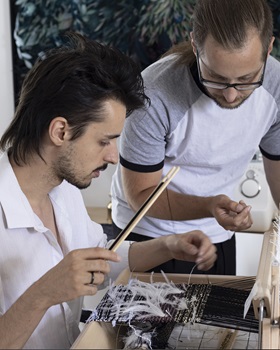
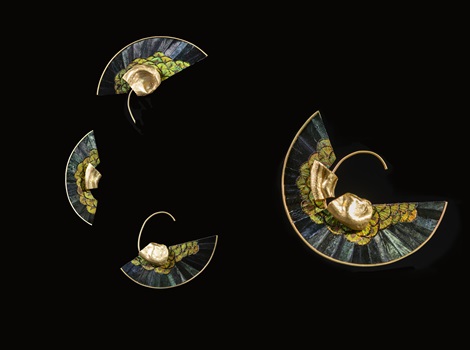
Julien Vermeulen with Homo Faber fellow, Matéo Laurent, from the Ecole Nationale Supérieure des Arts Decoratifs in France, and the fruit of their collaboration, Eclipse.
These are just three of the 20 duos sponsored Jaeger-LeCoultre through the Michalengo Foundation’s Homo Faber Fellowship that will be on show at the Cromwell Road Gallery during London Craft Week. It promises to be a one-of-a-kind show. Don’t miss it.
Words: Julia Pasarón
Opening image: Gold embroidery master, José Luis Sánchez Expósito, and Homo Faber Fellow, Gonzalo García Cuevas.




